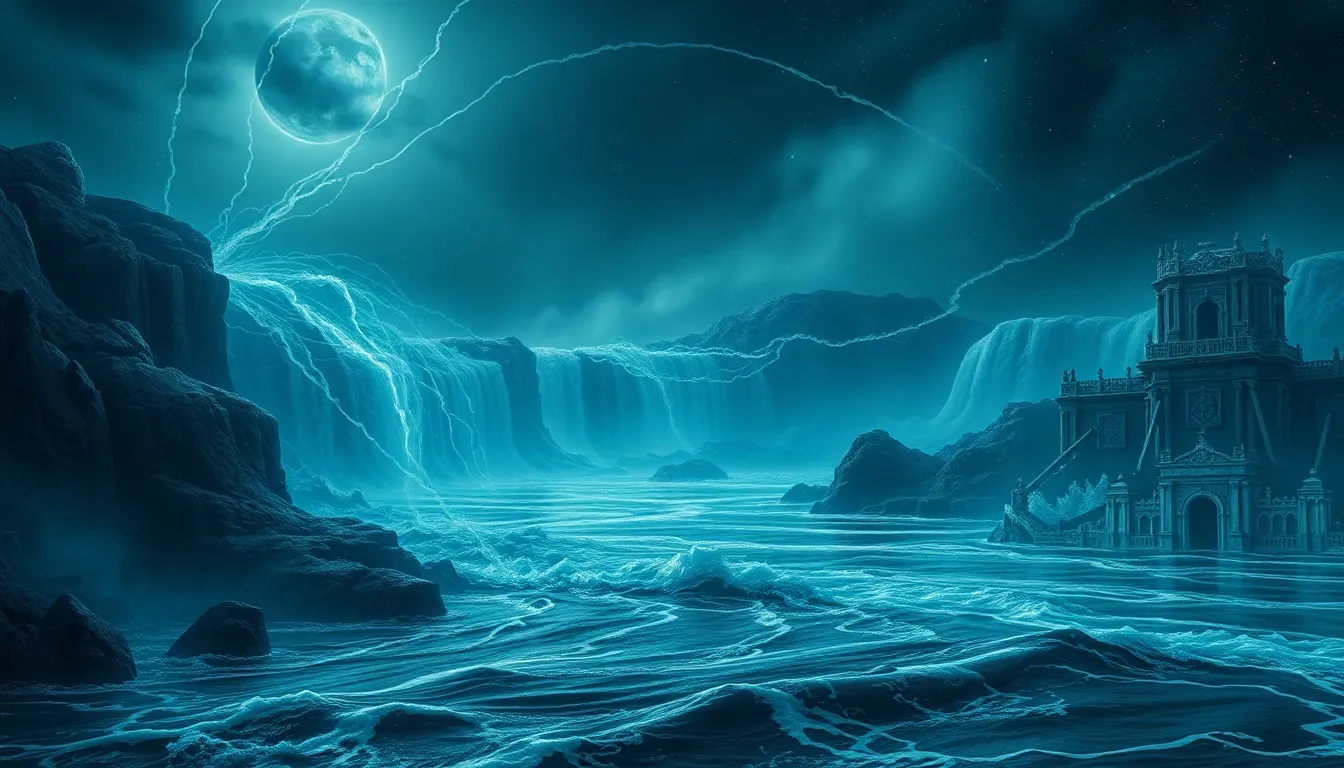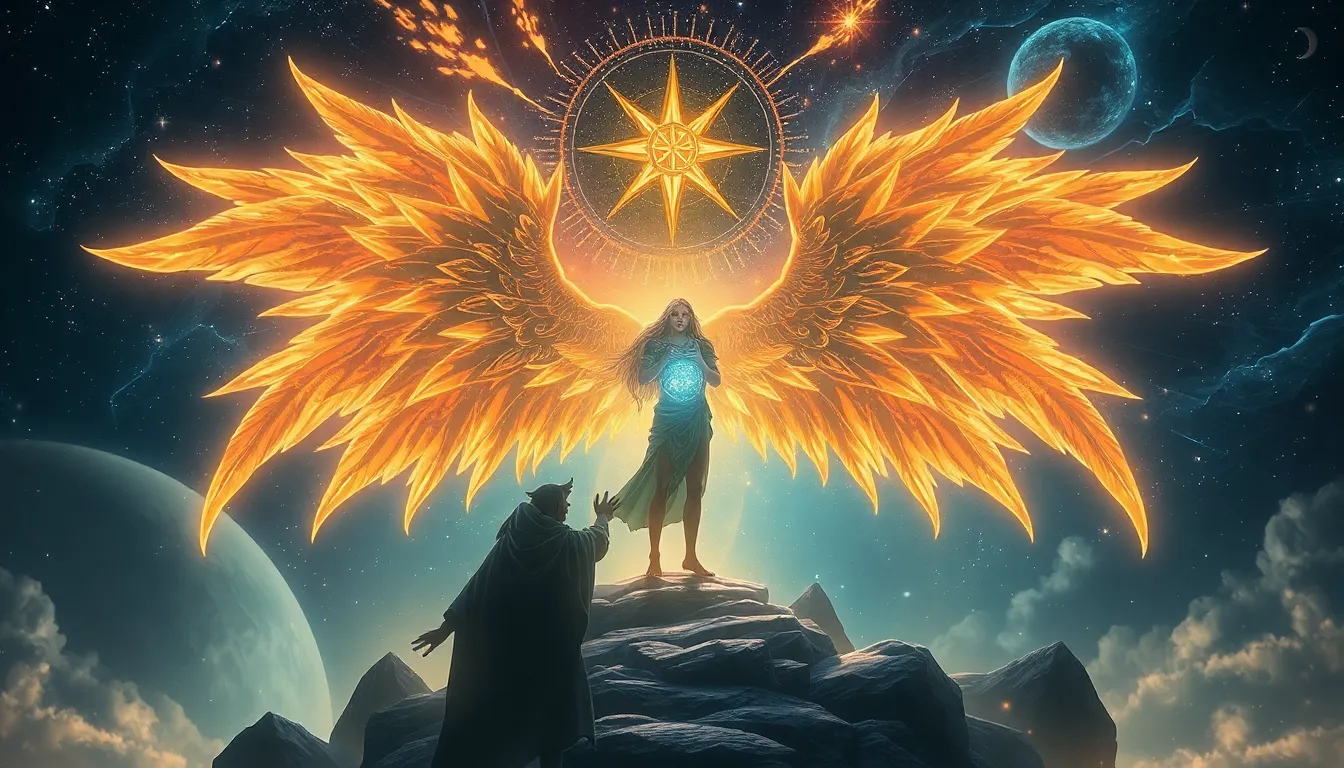Gods and Goddesses: The Untold Stories of Ancient Mythology
Introduction to Ancient Mythology
Mythology serves as a vital framework through which ancient cultures explained their beliefs, traditions, and the world around them. Defined as a collection of myths, these narratives provide insight into the spiritual and moral codes of societies, often personified through gods and goddesses who embody human traits and experiences.
The role of deities in human civilization cannot be overstated. They provided explanations for natural phenomena, instilled a sense of order, and offered models for personal behavior. From the grandeur of Olympus to the mystique of the Egyptian pantheon, the stories of these divine beings have shaped cultures and continue to echo in our contemporary lives.
The Birth of the Gods: Creation Myths Across Cultures
Creation myths are foundational narratives that illustrate how the universe and life came into being. A comparative analysis reveals intriguing similarities and differences across cultures:
- Greek Mythology: The universe began with Chaos, from which emerged Gaia (Earth) and Uranus (Sky), leading to the birth of the Titans.
- Egyptian Mythology: The creation story often revolves around the god Atum, who emerged from the primordial waters of Nun and created the first gods through self-generation.
- Hindu Mythology: The universe cycles through creation and destruction, with Brahma as the creator who manifests from the cosmic ocean.
These myths symbolize the human quest for understanding existence, reflecting themes of chaos and order, creation and destruction, and the cyclical nature of life.
The Pantheon: Hierarchies of Power Among Deities
In many mythologies, gods and goddesses exist within structured hierarchies known as pantheons. Each pantheon features a unique set of deities, often with specific roles and relationships:
- Olympus (Greek): A hierarchy led by Zeus, the king of the gods, with gods like Hera, Poseidon, and Athena playing crucial roles.
- Asgard (Norse): Ruled by Odin, it includes powerful figures like Thor and Freyja, where gods often interact with giants and other beings.
- Mount Meru (Hindu): The center of the universe, home to numerous deities like Vishnu and Shiva, each with responsibility over different aspects of life.
The relationships among these deities—parental, sibling, or adversarial—often reflect human social structures, showcasing themes of love, rivalry, and power struggles.
The Female Divine: Goddesses and Their Influence
Goddesses play a pivotal role in many mythologies, embodying various aspects of life and nature. Some prominent goddesses include:
- Isis (Egyptian): A goddess of magic and motherhood, she symbolizes fertility and the resurrection of Osiris.
- Athena (Greek): The goddess of wisdom and warfare, she represents strategic warfare and the arts.
- Durga (Hindu): A fierce warrior goddess who symbolizes the triumph of good over evil.
Goddesses often embody themes of femininity, power, and fertility, challenging traditional gender roles and highlighting the importance of women in ancient societies.
Tricksters and Anti-Heroes: The Complexities of Divine Characters
Not all divine figures are paragons of virtue; tricksters and anti-heroes add complexity to mythological narratives. Key trickster figures include:
- Loki (Norse): A shape-shifter and master of deception, whose actions lead to both chaos and resolution.
- Anansi (African): A spider god known for his cleverness and ability to outsmart others, often teaching moral lessons through his antics.
- Hermes (Greek): The messenger god who embodies wit and cunning, facilitating communication among gods and humans.
These characters challenge traditional notions of morality and divinity, often blurring the lines between heroism and villainy.
Mythological Love Stories: Romance and Tragedy in the Divine Realm
The divine realm is rife with poignant love stories that explore the depths of desire, betrayal, and loss:
- Cupid and Psyche: A tale of love overcoming trials, where Psyche must prove her worthiness to be with Cupid.
- Orpheus and Eurydice: A tragic love story where Orpheus’s journey to the underworld to reclaim Eurydice symbolizes the power of love and the pain of loss.
These stories resonate with human emotions, reflecting the complexities of love and relationships, often culminating in both joy and sorrow.
The Role of Myths in Explaining Natural Phenomena
Ancient cultures often turned to mythology to explain the natural world, attributing events to the actions of gods. For instance:
- Thunderstorms: In Norse mythology, Thor’s hammer creates thunder, while in Greek mythology, Zeus wields lightning bolts.
- Seasons: The story of Demeter and Persephone explains the cycle of the seasons, symbolizing the death and rebirth of nature.
These myths served to provide comfort and understanding, instilling a sense of connection to the environment and its changes.
The Legacy of Ancient Mythology in Modern Culture
Ancient myths continue to influence contemporary culture through literature, film, and art. Key examples include:
- Literature: Works like “The Iliad” and “The Odyssey” remain foundational texts in Western literature.
- Film: Modern adaptations of mythological stories, such as “Percy Jackson” and “Clash of the Titans,” bring these ancient narratives to new audiences.
- Art: Artists have drawn inspiration from mythological themes, depicting gods and goddesses in various forms.
This enduring legacy highlights how ancient narratives continue to shape human creativity and cultural identity.
Unearthing Untold Stories: Lesser-Known Deities and Their Narratives
While many myths center on famous gods and goddesses, lesser-known deities also hold unique narratives that deserve exploration. Some examples include:
- Quetzalcoatl (Aztec): A feathered serpent god associated with wind and learning, whose story reflects the duality of creation and destruction.
- Brigid (Celtic): A goddess of healing, poetry, and fertility, whose influence extends into modern celebrations like Imbolc.
Exploring these lesser-known figures enriches our understanding of the diverse tapestry of mythology and its cultural significance.
Conclusion: The Enduring Power of Myths in Human Experience
The stories of gods and goddesses transcend time, continuing to resonate with humanity’s quest for meaning and understanding. They reflect our fears, desires, and the complexities of human nature, serving as a mirror to our cultural identity. As we navigate the modern world, the relevance of ancient mythology remains, reminding us of our shared heritage and the timeless narratives that shape our lives.



